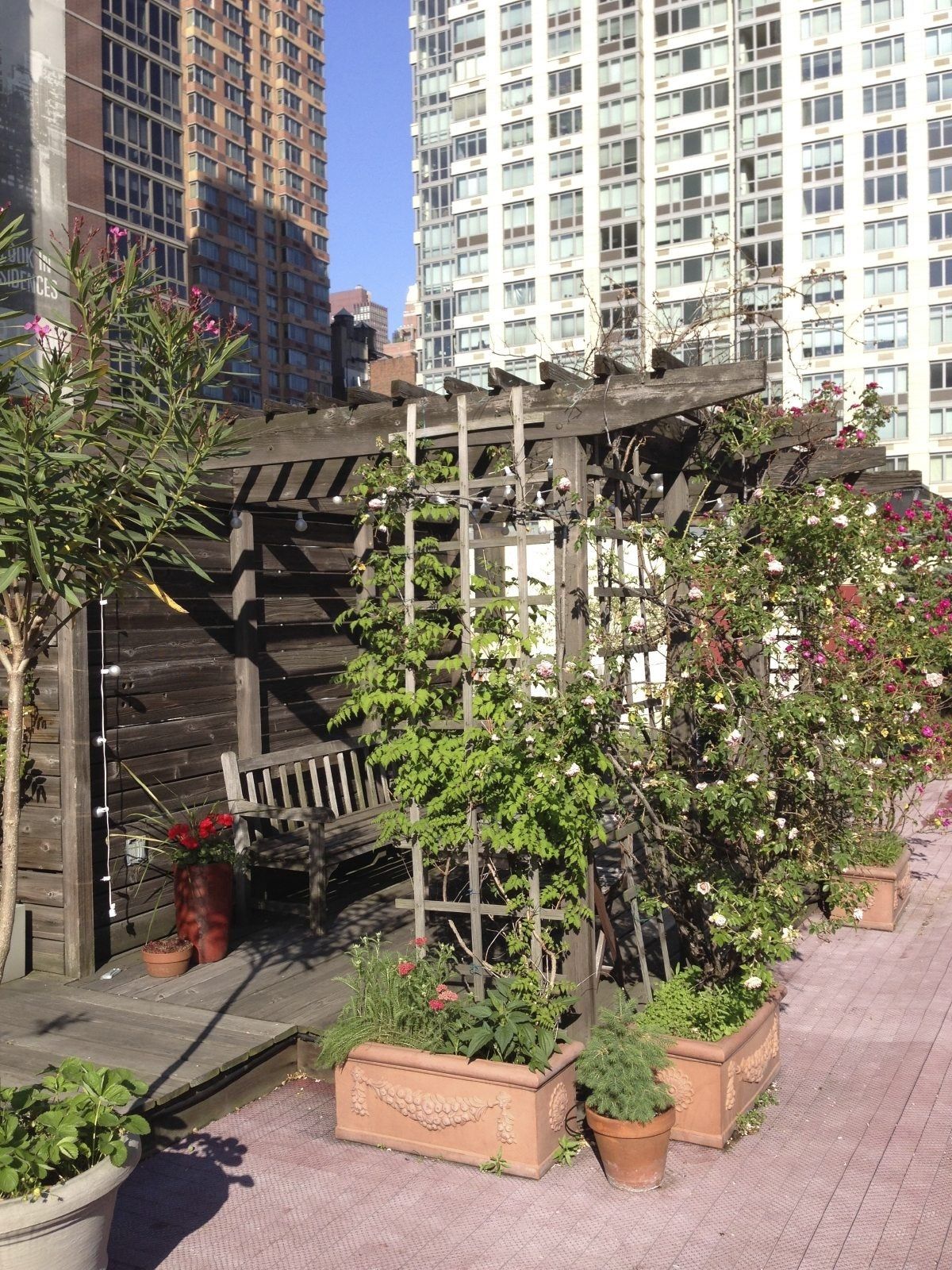4 Simple Techniques For City Blooming
4 Simple Techniques For City Blooming
Blog Article
The Ultimate Guide To City Blooming
Table of Contents6 Easy Facts About City Blooming ShownCity Blooming Fundamentals ExplainedThe smart Trick of City Blooming That Nobody is DiscussingGetting My City Blooming To WorkWhat Does City Blooming Mean?
Interested in growing food for sale in the City of Chicago? Below is a checklist of often asked questions pertaining to the rules and regulations that growers must think about when planning an urban farming project.
The zoning change does not change any various other codes managing composting, structure licenses, acquiring or leasing City had residential or commercial property, business licenses or environmental contamination. There are existing codes that regulate these problems and they continue to be in full impact and may be relevant to your job. Area yards are commonly owned or managed by public entities, public organizations or community-based organizations and maintained by volunteers.
Urban ranches grow food that is meant to be offered, either on a nonprofit or for-profit basis. As a result of their commercial function, metropolitan ranches need a company permit. Yes. An area yard is enabled to offer surplus generate that was grown on site if the sales are accessory or subservient to the yard's main purpose explained above.
About City Blooming
Composting is enabled yet just for plant material that is produced and made use of on site. The quantity of compost material can not exceed 25 cubic yards at any kind of offered time according to the criteria in 7-28-715 of the City's Municipal Code. Yes. Since the dirt at the majority of brand-new yard sites needs amending, compost, soil, wood chips, or other products can be obtained to create or boost the expanding room - eco-friendly practices.

If a building license is required then the hoophouse will be thought about an accessory structure. You can learn more regarding the building license needs by calling the Division of Structures. The 25,000-square-foot size limit is planned to protect against a solitary neighborhood yard from dominating a given block or detracting from the block's existing household or commercial character.
The limitation does not use to yards located in Public Open Area (POS) districts. Can there be more than one community yard that is 25,000 square feet on a single block? Secure fencing is not required, however, gardens that have huge car park locations might be called for to install fence or various other landscaping functions.
The Ultimate Guide To City Blooming
B1 & B2 areas require that all business usage tasks be conducted indoors. R areas limit industrial activity. The policies show the purpose and intent of the Zoning Code. Is fence required for city ranches? Yes. Fences may be called for, in addition to landscape design and testing, for sure auto parking areas and exterior work or storage locations depending upon location and the certain activity occurring.
Yes. Urban farms require structure licenses and zoning approvals prior to see this here building. Various other kinds of city testimonial may be needed depending upon certain frameworks, activities, size, landscaping, licensing, public heath and stormwater monitoring problems. Most of these needs are identified in the task design or allowing process, however, the applicant might be responsible to individually determine certain licenses or permits that might be needed.
The Department of Company Affairs and Consumer Security can aid identify the certain type of service certificate that's called for. Off road auto parking is required for most business tasks in Chicago. The required number of auto parking spaces is based on the number of workers functioning on website and not the square video footage of the growing area.
Some Known Factual Statements About City Blooming

An urban ranch can offer garden compost material generated on website, nonetheless, the procedure should comply with the policies in 7-28-715 of the Chicago Municipal Code. Aquaponic systems are allowed inside your home on metropolitan farms in many zoning districts.
Approximately five hives or nests of honey bees might be maintained as an accessory use. However, beekeepers must sign up with the Illinois Division of Agriculture. For additional information concerning the suggested zoning modification you may call the Division of Housing and Economic Growth, Bureau of Preparation and Zoning at 312.744.8563.
Farming in cities and urban locations An urban ranch in Chicago. Urban agriculture refers to various techniques of growing. https://x3n7gir0m43.typeform.com/to/xy4y6eO6, handling, and distributing food in urban areas. The term also uses to the area activities of pet husbandry, aquaculture, beekeeping, and gardening in a metropolitan context. Urban farming is differentiated from peri-urban farming, which takes place in backwoods beside suburbs.
The City Blooming PDFs
It can entail a movement of natural farmers, "foodies" and "locavores", who seek to develop social networks founded on a common ethos of nature and community holism. These networks can establish using official institutional assistance, ending up being integrated into neighborhood town as a "transition community" movement for sustainable city advancement.
In either situation, the more direct access to fresh veggie, fruit, and meat items that might be become aware through metropolitan farming can enhance food safety and food safety while reducing food miles, bring about reduced greenhouse gas exhausts, consequently adding to climate adjustment reduction. A few of the initial proof of urban farming originates from Mesopotamia.
Report this page